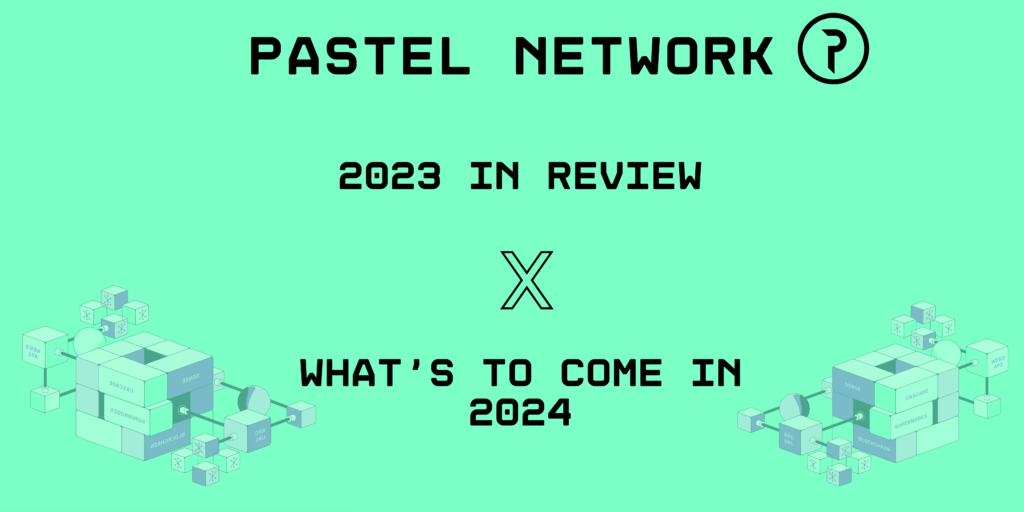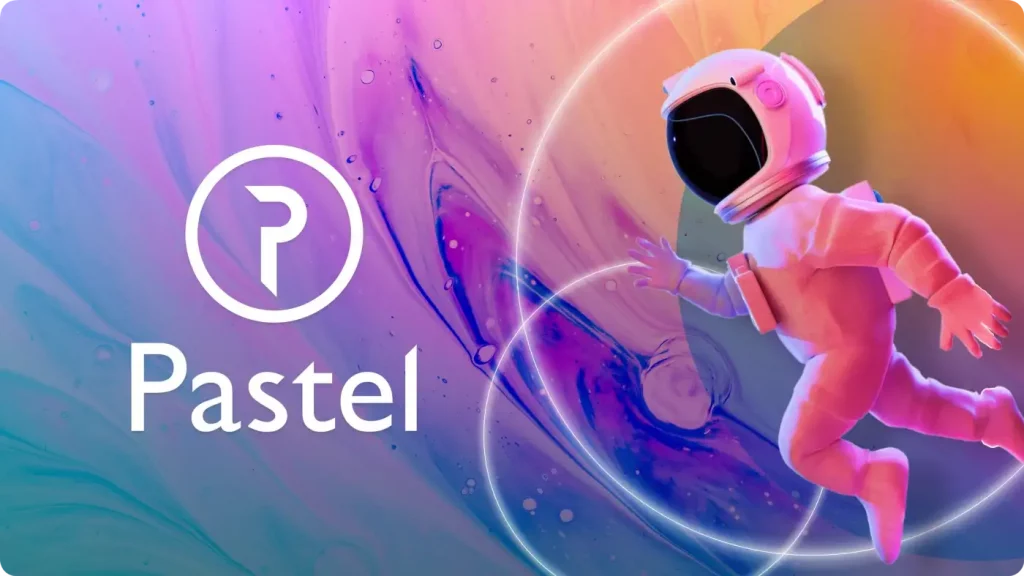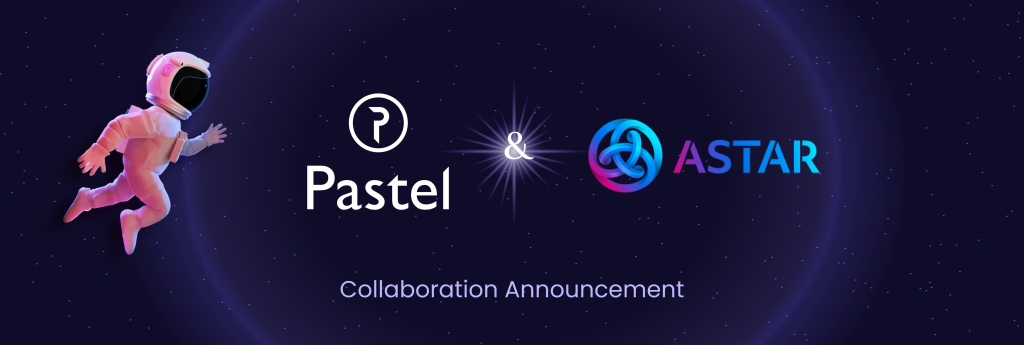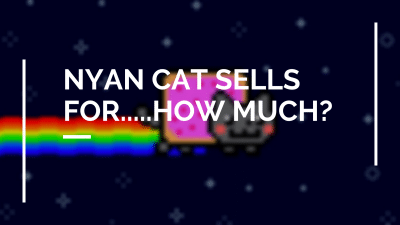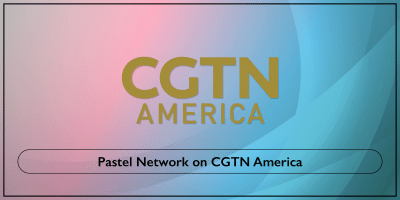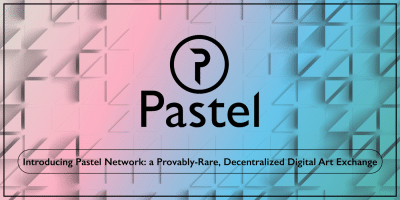In our previous articles, we covered some of Pastel Network’s key characteristics. Nonetheless, we often get the following question: how does Pastel position itself from its competitors? This is a valid question, especially due to the great number of new crypto projects focusing on digital art and NFTs. Pastel, however, is certainly unique and has several strong competitive advantages over its competitors. As such, this article will focus on Pastel’s product offering, and compare it with that of its competitors.
Pastel is more than just an NFT marketplace.
First, it’s important to note that the term rival is a tad misplaced. Although there are a number of digital art/NFT marketplaces such as Rarible and SuperRare, these are all just side chains built on Ethereum or on top of other blockchains. A key feature of Pastel is that in addition to providing a marketplace for users and creators alike, it operates on a completely native blockchain.
This ensures that Pastel is not beholden to any other blockchain or network, which offers us countless advantages. Just imagine the simple scenario where an artist starts to take off in popularity, driving up network demand for their artwork. Or what if the number of artists joining the network spikes on a new commissioning promotion? On top of it, take into account the scenario where demand for the network increases as a result of totally independent, separate applications as we’ve seen occur on Ethereum. In each of these scenarios, the heightened traffic drives transaction fees up a point in which it becomes economically in-viable to register or purchase a single piece of art
Blockchain architecture is important
Pastel is a standalone blockchain and we recognize that code is important beyond all else. Unlike other NFT marketplaces which rely upon Ethereum and are hampered by network congestion and high gas fees, PSL will always be an affordable option for any artist looking to mint their own series for sale. In addition to this, Pastel is a direct descendant of Bitcoin with attributes from ZCash and Dash. We reward node operators for helping to secure the PSL network and are the best suited NFT blockchain option for users who want a long term stake in the digital art ecosystem. By offering incentives for network participants, we hope to build a core group of supporters who will bootstrap the decentralization of Pastel.
Pastel is truly decentralized
But there are far more differences between Pastel and its “competitorsâ€, one of which is the degree of decentralization. Take Rare Pepe/Pepe Cash for example. Rare Pepe is far from decentralized. Although the details of the artworks and their ownership are stored on the Bitcoin blockchain, the registration process to create a new artwork relies on contacting the creator of the project, who then single-handedly decides whether or not to allow the registration. Subjective and vague criteria such as the perceived uniqueness or originality of the submission determine the outcome. Furthermore, the purportedly decentralized trading of “Rare Pepe†artworks also relies on centralized servers to match orders and to offer “secure†escrow services. In practice, such an approach means that the network and the services it provides are inevitably brittle and easy to attach if the project became a valuable enough target. There are several other blockchain projects, such as Dada and Verisart that attempt to address similar problems. The issue with these projects is that they have critical flaws that make them wholly inappropriate for serving as a storehouse and registry for digital artworks.
Permanent storage
This leads us to Pastel’s unique distributed storage. Many NFT projects on Ethereum store Token URI data in the cloud — in many cases it is just an AWS hosting which needs to be paid or “rented†over the next years, or it is an Interplanetary Hosted File System (IPFS) Directory. This poses a serious dilemma for artists and collectors. Some digital “installations’’ are currently impossible on IPFS, while AWS hosting requires a fee that might one day become a burn to curation service. Besides, who knows what will happen in the future with digital files being stored on third-party providers?
To address this permanent storage challenge, Pastel has built a novel distributed file-storage layer. Pastel distributes “shards†across the network among MasterNodes (MNs), with hundreds of network participants that are incentivized to keep small parts of each artwork and “seed†or share it with the network. On top of this, Pastel implements Luby Transform rules, or LT-codes, to allow for the artworks to be stored in a distributed manner and ultimately reconstructible even in the event of significant network disruption. Each LT chunk is provided a random seed which can be reconstructed by the artwork registration ticket on the Pastel chain. This is one of the most unique and sophisticated features in any blockchain.
Duplicate and NSFW checks
And finally, contrary to other projects in the space, Pastel has one-of-a-kind deep learning-based duplicate and NSFW checks. Pastel uses 5 different deep learning models (VGG19, Xception, InceptionResNetV2, DenseNet 201, and InceptionV3) to create a combined image fingerprint vector for each uploaded artwork. Because each model is built using a different architecture that in turn learns different kinds of features of artwork, this characterization is more reliable than using any individual model. This is important as there are growing works of literature detailing how individual deep-learning models can be easily tricked if given artfully constructed fake inputs. For example, an image that might appear to a human as random noise might be manipulated to fool a single deep-learning algorithm into thinking it is a dog. However, such attacks require extensive knowledge of the model’s architecture, by combining 5 different models with different architecture, Pastel makes such trickery infinitely harder. By implementing a novel “bootstrapped†version of the Hoeffding’s algorithm that is not reported in the literature, each fingerprint vector created is then checked independently by at least 3 MNs, any new registration attempt for an image with sufficiently similar fingerprints will be rejected. This protects artists against a dishonest MN owner who attempts to take credit away by creating fakes.
The NSFW check is relatively straightforward, Pastel uses a pre-trained Tensorflow model from Yahoo’s OpenNSFW project to evaluate each submitted image file. The model assigns a score between 0 (definitely not NSFW) and 1 (definitely NSFW). If the resulting score is above a certain threshold, the MN rejects the submission as being inappropriate. By insisting on a relatively low score, Pastel ensures that the majority of inappropriate content will never be permitted on the network, this NSFW detection establishes a baseline level of confidence in the nature (and legality) of the stored image content on the Pastel network.
These algorithms make it possible to provide complex and reliable duplicate and NSFW detections which set Pastel apart even from other native self-contained platforms such as Wax.
Pastel compared to its competitors

Conclusion
Pastel Network includes several unique features that set it apart from other artwork centered platforms. By building a fully functioning Bitcoin-based blockchain, ensuring permanent digital provenance through the use of distributed storage and ensuring the legitimacy of the artwork with its unique deep-learning based algorithm, Pastel has developed a unique network independent of the Ethereum network for arts and collectors.
